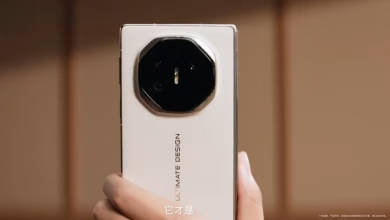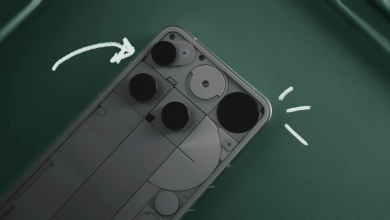Huawei Has Reportedly Initiated Mass Manufacturing of 12nm & 14nm Chipsets

A variety of new Huawei chipset manufacturing patents have been the subject of speculation in the media over the last month, including those for 12nm and 14nm chipsets, which may be released this year. A well-known Weibo tipster has reported that the initial mass manufacturing of 12nm and 14nm chipsets is now underway.
Due to a U.S. export regulation prohibiting foundries utilizing American technology from sending chips to China, Huawei is blocked off from cutting-edge semiconductors. The business, which was formerly TSMC’s second-largest client behind Apple, is authorized to utilize Snapdragon chipsets from Qualcomm, but these parts have been modified so that they do not function with 5G.

Huawei’s issue is that SMIC, the biggest foundry in China, can only create smartphone chipsets using its 14nm process node, in addition to the 7nm chips it developed for cryptocurrency mining (which cannot be utilized for smartphones). That’s a long way from the 3nm manufacturing node, which Samsung Foundry and TSMC are already mass-producing.
The insider further said that Huawei would market these chipsets under its own brand. The Chinese tech behemoth is also familiar with semiconductors, as its HiSilicon unit has long produced cutting-edge chipsets (prior to the trade ban) that competed with MediaTek and Qualcomm in the mobile device industry.
Huawei’s EUV Scanner Plans Could Be the Savior of Chinese Semiconductor-Affiliated Companies
As previously reported by us, an extreme ultraviolet (EUV) lithography scanner patent application has been made by Huawei. If the company successfully creates a scanner like this and achieves decent productivity, uptime, and yields, Chinese chipmakers may build semiconductors using sub-7nm-class technology.
The EUV machine is only manufactured by one business, a Dutch company by the name of ASML, which has been abiding by American instructions not to sell them to China. However, Huawei has produced certain parts that are sufficiently distinct from ASML’s inventions to merit the company being granted a patent. Additionally, the corporation will have access to a whole new market if it can develop its own EUV technology. SMIC could be able to rival TSMC and Samsung Foundry as a consequence.
Once upon a time, Apple and Qualcomm-designed silicon was regarded as being on par with Huawei’s Kirin-branded CPUs. US and international sanctions have significantly impacted Huawei’s silicon technology, and the company wants to regain its previous prominence.
Source: Huawei Central





